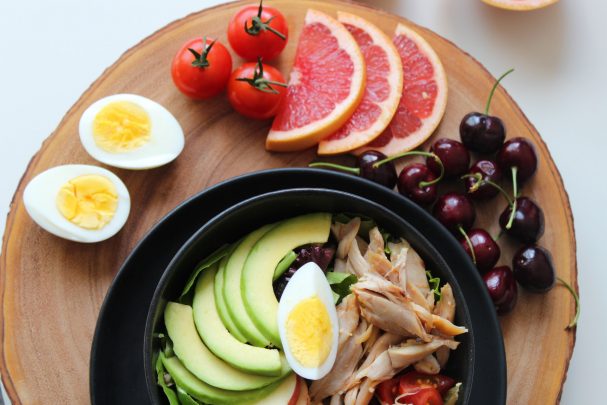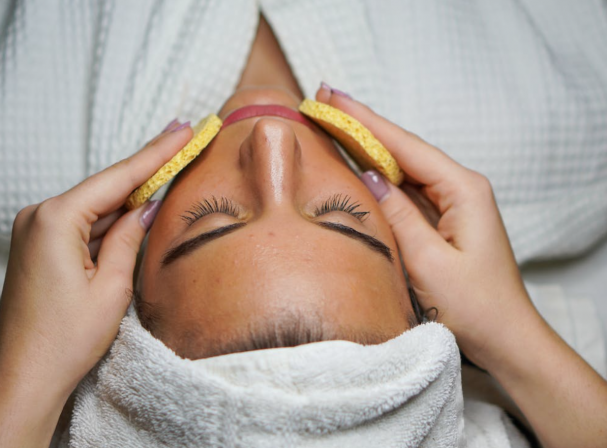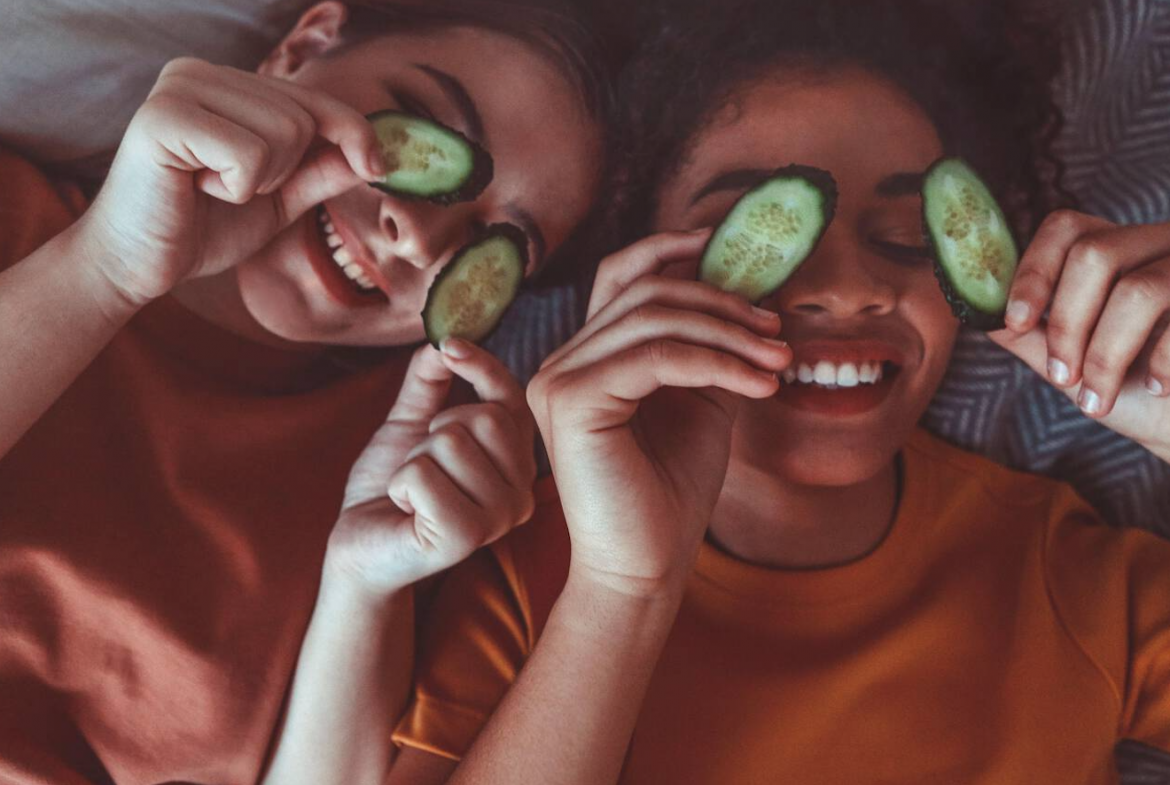Like any student of the self-care movement, I’ve dipped my toes into various pools of wellness practices. And in the same breath, I’ve jumped straight out wondering “who in their wellness-focused mind is paying this much for a seratonin-targeted scented candle?”
Thanks to our dear friend inflation, the cost of being a human has reached eyebrow-raising rates. The cost, then, of being a conscious human who values their mental and physical well-being has our eyebrows raised to the ceiling.
For food choices alone, the consumer price inflation was 7.5% in September. Down from the 7.8% hike in July, sure. But still a bouncer for many trying to get into the self-love club.
In the beauty world, the Year-On-Year Growth Rate has continued to go up since 2016.
Even when it comes to small-batch and locally produced goods, the costs are still a little itchy. Cue the dilemma of opting for the cheaper option versus the better one.
So, where should we put our money when it comes to wellness?
1. The food you eat impacts everything

Pexels
There’s a common joke that people in Cape Town know very well. The Cape’s economy thrives on organic food.
In all honesty, the Mother City is onto something. The market-hunting Capetonian has vision – one that extends far beyond being a picky eater.
When your diet is balanced, packed will unprocessed foods and wholesomeness, the rest of your body follows.
Your brain, for one benefits so much from the right food choices. They say that wellness starts with the mind, so feeding your launchpad is one place your money will always be well-spent. Organic foods are known to have more anti-oxidants and higher omega-3 fatty acids, both of which your brain would order every time if it could.
Then there’s your body. How many doctor’s appointments could you save by figuring out what food sources are doing you dirty? Not to mention your skin, which is starting point for every beauty regime.
Instead of spending thousands on your skincare wishlist, figure out the foods that just don’t gel for your skin type or only work in moderation. This doesn’t mean you won’t need any products ever, but it might mean you’ll need less.
2. A beautiful mind

Pexels
Eating with your brain’s functionality in mind is a great place to start, but when it comes to mental health it’s by no means the end of the story.
When it comes to wellness–especially on social media– every tip in the book has been reshared, re-reshared and then some. It’s great to feel that sense of community, but remember that as personally resonating as they may sound, these tips are not personal to your unique situation.
Mental health looks different to everyone. And it should always be at the top tier of wellness choices.
Still, clever marketers often use the mental wellness movement in their favour. Be picky whenever something is branded to do with mental health. Do you really need a five-star spa treatment to cleanse your mind or do you actually need therapy? Be discerning and not manipulated.
3. Skin care over beauty picks

Pexels
Beauty products should act as the cherry on top of the cake when it comes to beauty. The cake is your skin and how you take care of it.
Instead of buying 2000 skin products and having no idea what to do with them, speak to an expert. Let them spill the tea on what you need, specifically. Then find out what the best tips are from credible people who have skin like yours, and be intentional with your skincare goals.
Is it glowing skin you’re after? Reducing oil? Anti-ageing? Or clearing up spots?
A trend we’re currently loving is skinimalism. The beauty trend is all about simplifying your skincare collection, and building a regimen that helps you achieve healthy, glowing skin with only the essentials.
Build a beauty-bag capsule and say goodbye to over-doing it to only be met with dismal results. Shop sustainably and eco-friendly for products that last longer, and your skin and wallet will thank you later.
ALSO SEE:
Feature Image: Darya Petrenko / Alamy Stock Photo

